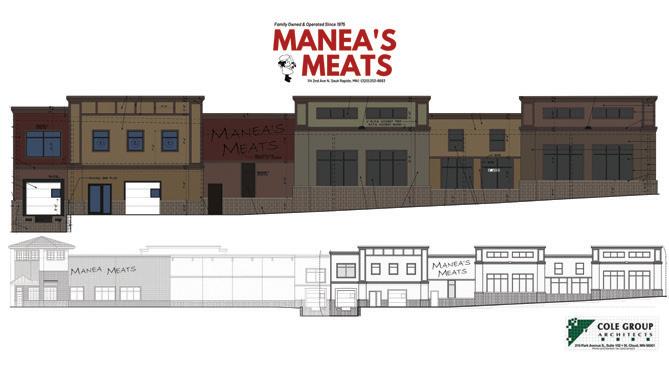3 minute read
The Economics of Pickleball
Next Article
Is pickleball the great equalizer? Cities are assessing the economic impact as the sport’s popularity continues to rise.
By Allison Bily, MS and Lynn MacDonald, Ph.D
and resources from other needed public projects.
Pickleball is he fastest growing sport in the United States. We have been inundated with headlines that show both benefits and challenges associated with this newly popular sport. According to the 2023 Association of Pickleball Professionals (APP) Pickleball Participation Report, pickleball boasted an estimated 36.5 million players age 18+ in the U.S. between August 2021-August 2022. Players between the ages of 18-34 account for 28.8 percent of U.S. pickleball players—the largest group of players. This new pickleball obsession points to potential business and local development opportunities for cities.
In 2016, the 100 largest cities in the U.S. had a combined 420 pickleball courts. By 2021, the number of courts across those same cities had reached 2,090. In Minnesota, as of 2022, there were 207 places to play pickleball offering 1,071 courts. According to USA Pickleball Places 2 Play website, St. Cloud makes the list of “top cities” in Minnesota to play pickleball. While pickleball players are eager to have increased access to courts and opportunities to play in their communities, not all residents are as enthusiastic. The rising number of public pickleball courts has led to some concern that investment in pickleball takes away funding
Contributors
While researchers have not spent much time looking specifically at pickleball, they have analyzed the impact of investment in urban parks. A research team led by University of Waterloo Professor Jeffery Wilson found “evidence linking urban parks to health outcomes is strongest in three key areas. These include physical health improvements, such as higher levels of physical activity; mental health improvements associated with exposure to nature; and improvements in respiratory symptoms and cardiovascular disease linked to reduced exposure to air pollution.” Wilson’s research offers evidence of the improved health and satisfaction from an increased investment in parks.
Recreational activities have shown additional economic benefits as well. A team of economists led by Raj Chetty looked at determinants of economic connectedness, which is the degree to which people across different racial, political, and socioeconomic groups interact with each other, and in turn, how that impacts upward income mobility. Using Facebook data, the team looked at interactions between those of high socioeconomic status (SES) and low SES across different group settings including schools, neighborhoods, workplaces, religious groups, and recreational groups. They found that recreational activities bring different people together more than other activities, and this economic connectedness leads to higher future incomes for those of low SES. While there are multiple contributing factors to explain this effect, a major factor seems to be that a higher degree of economic connectedness results in better mentorship and greater access to information and job opportunities. Pickleball’s relatively low cost and easy ability to learn has attracted players of all ages and socioeconomic backgrounds, seemingly offering fertile ground to enhance upward income mobility.
There are a variety of economic benefits that come from outdoor recreation and proximity to parks. As additional research becomes available and the long-term growth of pickleball becomes more clear, cities will have to decide if it is worth the investment and if so, to what extent. Pickleball’s fast-paced growth and attraction to large numbers of young people presents new business and economic development opportunities. We don’t know what the future of the sport holds, so get out there, meet people, work on your dink shot, and stay out of the kitchen.
Residential Building Permits
TOTAL: $46,738,761
Compiled by Shelly Imdieke, St. Cloud Area Chamber of Commerce Totals
Commercial Building Permits
TOTAL: $67,628,553
TOTAL: $215,772,443
TOTAL: $153,245,951
Sources: Building departments for the following cities: St. Cloud, Sauk Rapids, Sartell, Waite Park, St. Augusta, and St. Joseph.
Unemployment Rates
Source: positivelyminnesota.com
Non-Farm Jobs
Source: positivelyminnesota.com
By The Numbers
What’s in a park?
Local parks provide many benefits. They raise the standard of living in many neighborhoods, and directly impact community health and wellness, equity and conservation. They’re also big business. In 2019, the National Recreation and Park Association conducted a study on the economic impact of local parks across the United States.

$218 billion the economic activity generated by U.S. parks 1.3 million jobs supported by parks
$68 million labor income generated by parks employment
$5.2 million the economic impact of parks in the state of Minnesota
Read more in our annual Growth Guide found on page 40.


STORY BY EMILY BERTRAM // PHOTOS BY JOEL BUTKOWSKI

